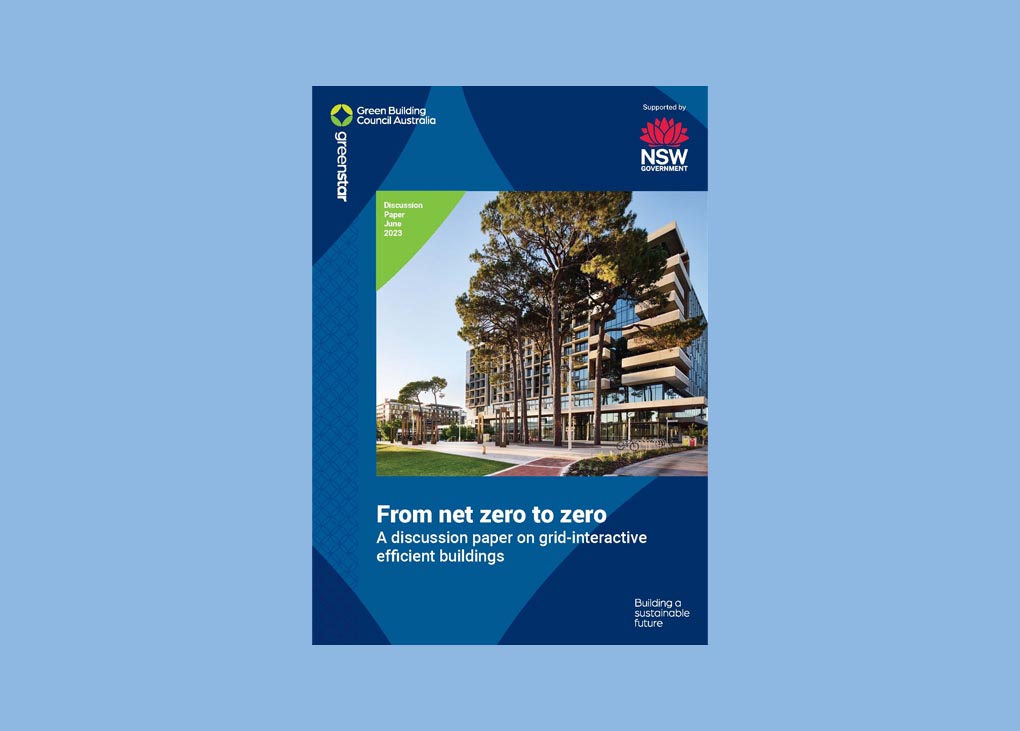The Green Building Council of Australia (GBCA) has launched its first report on grid-interactive buildings, highlighting how these can help achieve a zero-carbon future.
Grid-interactive buildings are designed to use electricity in a smart and efficient way, shifting energy usage to times when it’s both cheaper and cleaner, helping to generate clean energy and reduce costs.
GBCA CEO Davina Rooney says these buildings have enormous potential to align environmental and economic outcomes, and will play a pivotal role in cutting energy costs, alleviating strain on overburdened networks, and facilitating the transition to renewable energy sources.
Grid-interactive buildings hold the key to transitioning our built environment from net zero to zero emissions, she says.
With the Australian government aiming to increase renewable energy in the electricity grid from 36 per cent to 82 per cent by 2030, buildings will need to be ready. Currently, buildings consume around 50 per cent of Australia’s electricity, but during peak periods this can grow to 77 per cent of system capacity, Rooney says.
“By shifting a portion of the energy usage in buildings for a few hours each day, five days a week, Australia could cut down greenhouse gas emissions by 0.6 per cent – equivalent to the impact of 180,000 homes.”
This can be achieved “without decreasing energy usage and would also lead to a substantial cost reduction of $1.7 billion in supplying electricity” each year, Rooney says.
The GBCA’s report, From net zero to zero: A discussion paper on grid-interactive efficient buildings, showcases buildings that already adapting to the supply of renewables.
The Sydney Opera House is one such example, with an innovative agreement that ties its electricity demand to the output of solar and wind farms in regional NSW, and a team that continues to explore new ways to work with renewable energy.
The GBCA report says such coordinated action from grid-interactive efficient buildings will yield significant benefits. These include a more cost-effective clean energy transition and electrification of the built environment, increased stability of the electricity system, higher returns on renewable energy investments, and reduced carbon emissions from the building sector.
And GBCA has been developing a set of principles and actions to help facilitate the transition.
“The principles underpin the new grid resilience credit in our new Green Star rating tools. They will guide our advocacy and education programs in the coming years, as grid interactivity becomes increasingly critical,” Rooney says.
“By incorporating grid-interactive strategies into building design, operation, and management, we can create a sustainable and resilient future for the built environment, ensuring a smooth transition to zero-carbon buildings.”
Read the GBCA discussion paper here.
 Louise Belfield
Louise Belfield


Leave a Reply